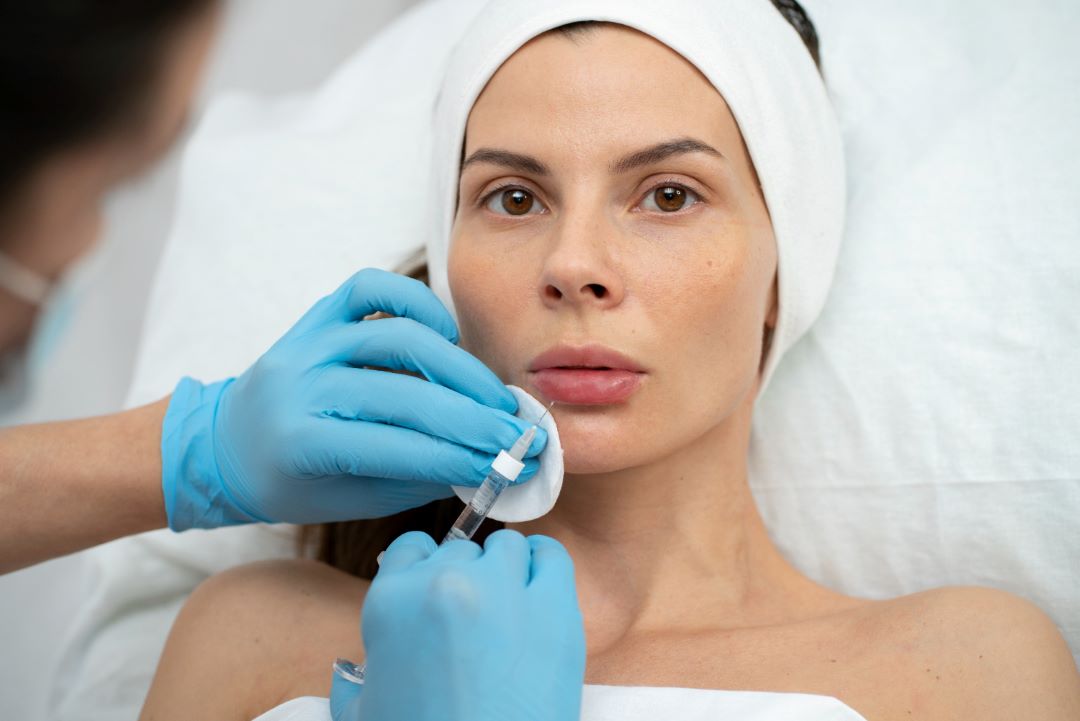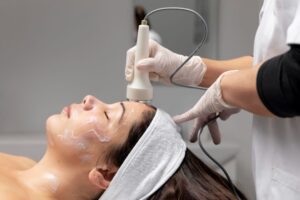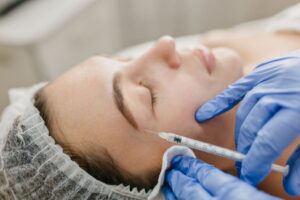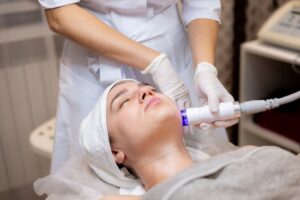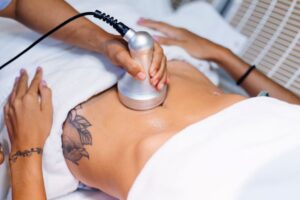Fibroblast plasma is a revolutionary cosmetic treatment that has gained significant popularity for its ability to tighten skin and reduce wrinkles without the need for invasive surgery. If you’re considering this treatment in San Jose, you may have questions about its safety. Is fibroblast plasma safe? In this post, we’ll break down the myths and facts surrounding the procedure, helping you make an informed decision.
What is Fibroblast Plasma?
Fibroblast plasma is a non-surgical skin treatment that uses plasma energy to stimulate the production of collagen and elastin. By targeting specific areas of the skin with a plasma pen, the procedure promotes skin tightening, reducing the appearance of fine lines, wrinkles, and sagging. It’s also used to address conditions like acne scars, sun damage, and stretch marks. The plasma energy works by causing controlled micro-injuries to the skin, which then triggers the body’s natural healing response.
Unlike traditional cosmetic surgery, fibroblast plasma doesn’t involve cutting or stitches. This makes it an attractive option for individuals in San Jose who want to improve their appearance without the risks and downtime associated with invasive procedures.
Is Fibroblast Plasma Safe?
One of the most common questions about fibroblast plasma is, “Is fibroblast plasma safe?” While the procedure has shown to be effective for many individuals, its safety largely depends on the experience and qualifications of the practitioner, as well as the client’s skin type and overall health.
Fibroblast plasma is generally safe when performed by a trained and experienced technician. However, like any cosmetic treatment, there are some risks involved. For instance, improper technique can lead to burns, scarring, or pigmentation changes. This is why it’s crucial to choose a reputable clinic in San Jose that specializes in fibroblast plasma and has a track record of successful treatments.
The Benefits of Fibroblast Plasma
Fibroblast plasma offers several benefits, including:
- Non-invasive treatment: Unlike facelifts or other surgical options, fibroblast plasma requires no cutting, stitching, or anesthesia.
- Minimal downtime: Most clients experience only mild redness and swelling after the procedure, with recovery times ranging from a few days to a week.
- Natural-looking results: The results of fibroblast plasma are gradual, which means that they look natural as the skin tightens and rejuvenates over time.
- Long-lasting effects: The collagen and elastin production stimulated by the procedure can last for up to two years, depending on your age, skin condition, and lifestyle.
While fibroblast plasma isn’t a quick fix, the results can be impressive for those seeking skin rejuvenation without the risks and costs of surgery.
Myths About Fibroblast Plasma
Despite its popularity, there are many myths surrounding fibroblast plasma. Let’s debunk some of the most common misconceptions.
Myth 1: Fibroblast Plasma Is Painful
While it’s true that you may feel some discomfort during the procedure, it is generally not painful. Most practitioners apply a numbing cream to the treatment area, which helps minimize discomfort. The treatment itself feels more like a mild tingling or heat sensation rather than severe pain.
Myth 2: Fibroblast Plasma Is Only for Wrinkles
Fibroblast plasma is commonly used for wrinkle reduction, but it’s not limited to that. It can also be used to treat sagging skin, acne scars, stretch marks, and even uneven skin tone. Whether you’re looking to refresh your face or treat other areas, fibroblast plasma can be a versatile solution.
Myth 3: Results Are Instant
Many people expect immediate results, but fibroblast plasma works gradually. While you may notice some improvement after the procedure, the full effects can take several weeks to develop as the skin heals and produces new collagen. The results are long-lasting, but patience is key.
Myth 4: It’s a One-Time Treatment
For some individuals, one treatment may be enough to achieve desired results. However, depending on the severity of your skin concerns, multiple sessions may be required. Most people undergo 1-3 treatments spaced several weeks apart for optimal results.
Myth 5: Fibroblast Plasma Works on All Skin Types
While fibroblast plasma is effective for many people, it may not be suitable for everyone. People with darker skin tones, for instance, may be at a higher risk for pigmentation changes. It’s essential to consult with a professional in San Jose who can assess your skin type and recommend the best treatment plan.
Is Fibroblast Plasma Safe for Everyone?
Fibroblast plasma may not be suitable for individuals with certain health conditions or those who are pregnant. It’s important to have a consultation with your technician to ensure you’re a good candidate for the procedure. If you have any underlying skin conditions or sensitivities, make sure to disclose them during your consultation.
Aftercare Tips for Safe Results
To ensure that your fibroblast plasma procedure is as safe and effective as possible, follow these aftercare guidelines:
- Avoid sun exposure: Direct sun exposure can irritate the treated area and cause pigmentation changes. Use sunscreen or avoid sun exposure until your skin has fully healed.
- Don’t pick or scratch: While scabs or flakes may form as your skin heals, it’s important not to pick or scratch them. This can lead to scarring or other complications.
- Follow your practitioner’s instructions: Your technician will provide specific aftercare instructions to follow. Be sure to stick to these guidelines to avoid complications.
Conclusion: Is Fibroblast Plasma Safe?
In conclusion, the answer to “Is fibroblast plasma safe?” depends on various factors, including the expertise of your practitioner and your skin’s health. When performed by a skilled professional in San Jose, fibroblast plasma is generally considered safe and can offer impressive results without the need for surgery. However, it’s important to weigh the risks and benefits before undergoing the treatment.
If you’re ready to take the next step in your skincare journey, consult with a certified fibroblast plasma specialist to discuss your goals and concerns. At RatedR Esthetics, we are committed to providing safe and effective treatments tailored to your needs. Contact us today to schedule a consultation!
FAQs
1. Is fibroblast plasma safe for all skin types?
Fibroblast plasma is generally safe for most skin types, but it may not be suitable for individuals with darker skin tones due to the risk of pigmentation changes. It’s important to consult with a specialist in San Jose to determine if the treatment is right for you.
2. How long does it take to see results from fibroblast plasma?
Results from fibroblast plasma are not immediate. You may start to see some improvements within a few days, but the full effects can take several weeks as the skin heals and new collagen is produced. Patience is key to seeing the best results.
3. Is fibroblast plasma painful?
While fibroblast plasma may cause some mild discomfort, it is generally not considered painful. Numbing creams are often used to minimize any discomfort during the procedure. Most patients report only a mild tingling or heat sensation.
4. How many fibroblast plasma treatments will I need?
The number of treatments required depends on your skin’s condition and your aesthetic goals. Some people see results after just one treatment, while others may require two or three sessions for optimal results. Your technician will provide a personalized treatment plan.
5. Can fibroblast plasma cause scarring?
Scarring from fibroblast plasma is rare, especially when performed by a trained professional. To avoid complications, it’s important to follow the aftercare instructions carefully and avoid picking or scratching the treated area.

